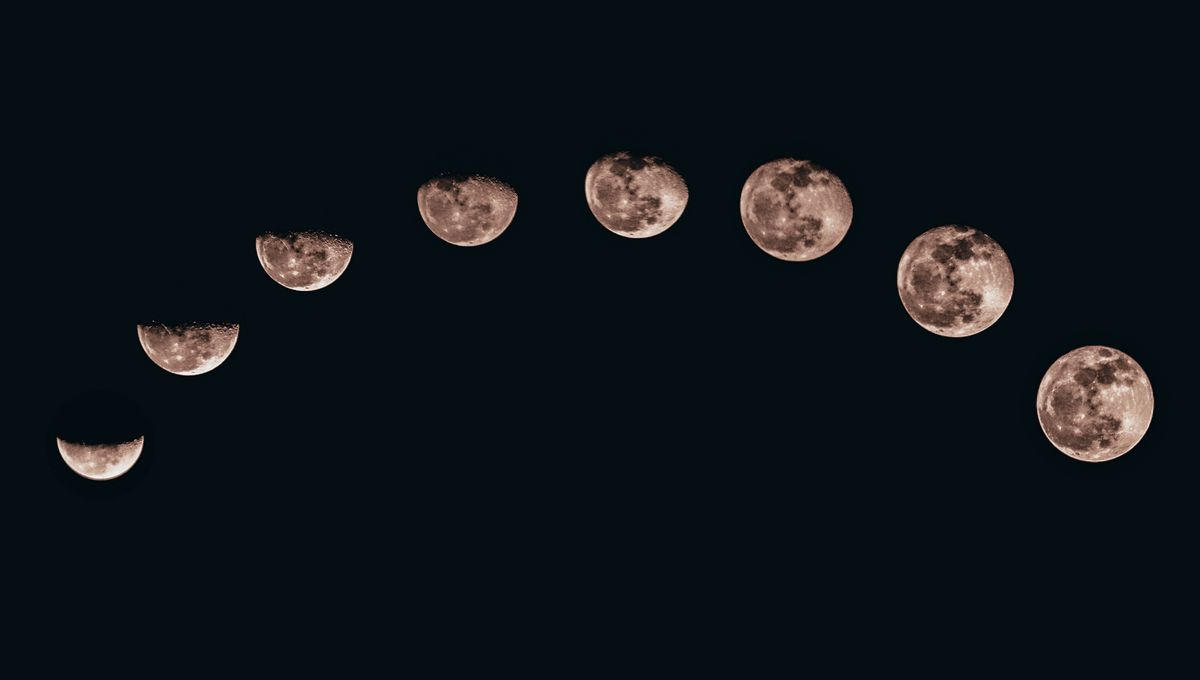
2023 was an exciting year for the Moon, which made a new friend as India became the fourth country to successfully land on the lunar surface. NASA, meanwhile, announced the crew for its upcoming Artemis II mission, which will see humans visit the Moon for the first time in half a century.
Emerging from this flurry of lunar exploration is a growing understanding of the Moon’s composition, internal processes, and unusual features. Here are some of the more striking facts that we’ve learned so far.
The Moon is moving away from the Earth
Back in the Apollo era of the 1960s and 70s, NASA astronauts placed reflectors on the Moon so that lasers could be bounced between the Earth and the lunar surface. Known as the Lunar Laser Ranging Experiments, these tests allowed scientists to accurately measure the Moon’s distance by observing how long it took for these signals to be reflected back.
In addition to confirming that the Moon is about 384,000 kilometers (238,600 miles) away from the Earth, researchers also discovered that our satellite is slowly moving away from us at a speed of about 3.8 centimeters (1.5 inches) per year. This means that in about 600 million years, the Moon will be too far away to ever block out the Sun, making total solar eclipses a thing of the past.
The Moon is made of the Earth’s crust
The Moon’s origin story is a truly spectacular one. According to our current understanding, the rocky satellite formed when a Mars-sized planet called Theia smashed into the Earth, ejecting huge amounts of debris into space. These battered fragments of Earth’s early crust eventually merged to form the Moon that we see today.
Recently, researchers analyzed zircon crystals in moon rocks that had been brought back by Apollo 17 astronauts. By calculating the rate at which the uranium in these crystals had turned to lead, they were able to discern that the Moon is 4.46 billion years old, meaning the cataclysmic event that enabled its formation must have occurred very soon after the Earth itself came into existence.
The Moon’s tectonic plates are moving
Moonquakes have been detected in large numbers, indicating that the Moon’s tectonic plates are actively moving. Most recently, India’s Chandrayaan-3 rover detected a seismic event on August 26, 2023, although multiple quakes had already been identified by seismometers left on the Moon by Apollo astronauts.
It’s likely that these tremors are caused by the Moon’s tectonic plates rubbing against each other, and it’s thought that this movement is caused by solid tidal forces that build up on the Moon due to Earth’s gravity.
Glass crystals on the Moon contain large amounts of water
We know that water is present on the Moon, although scientists are still figuring out exactly where and how it is stored. Earlier this year, researchers analyzed lunar soil samples brought back by China’s Chang’e 5 mission, and made the startling discovery that the Moon is full of tiny glass crystals that contain water.
The glass is likely to have formed during meteorite impacts, and acts as a sponge that absorbs water that forms when hydrogen atoms in solar winds hit the lunar surface.
The far side of the Moon is more electrically conductive
One of the great lunar mysteries was recently encountered by scientists analyzing data from South Korea’s Danuri orbiter, who found that the far side of the Moon has more magnetic fields than the near side. This means that the side of the Moon facing away from the Earth is more electrically conductive, although there’s no good reason why this should be the case.
Researchers are yet to attempt an explanation for this odd discrepancy, although the increased magnetism could indicate hidden reserves of water on the far side of the Moon.
Source Link: Really Cool Facts About The Moon That You May Not Know